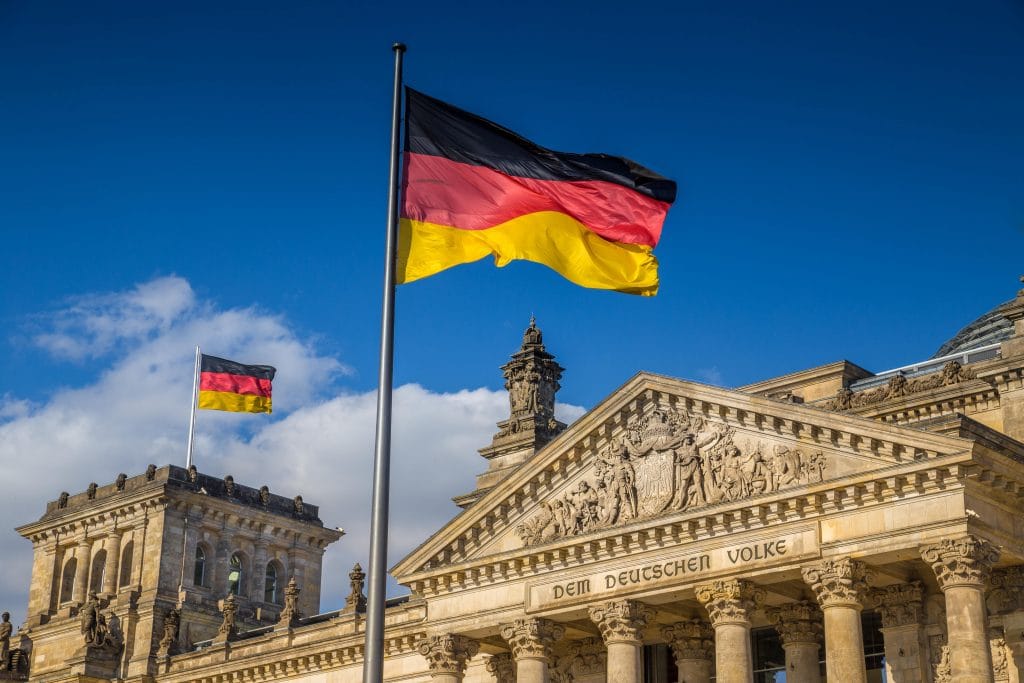Germany is a European country with the official name of the Federal Republic of Germany. It is located in the central-west portion of Europe with Denmark bordering it on the north, Poland and the Czech Republic in the east, Austria and Switzerland in the south and France, Belgium, Luxembourg and the Netherlands in the west. The capital of Germany is Berlin and its official language is German. Germany has the second-biggest population in Europe after Russia.
Germany has a temperate climate with cool winters and warm summers. Summer temperatures can be over 86 degrees Fahrenheit. Germany has a wide range of biodiversity and 16 national parks. The Berlin Zoo is one of the oldest zoos in Europe and has the most species diversity in the world. Germany is known for its castles such as Neuschwanstein Castle in Bavaria. It also has a number of memorials from World War II.
